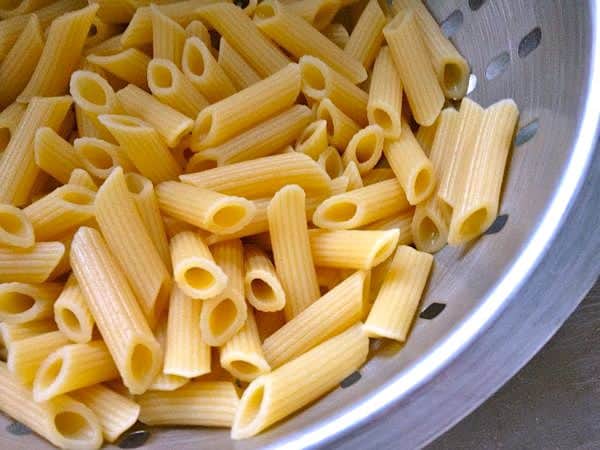
Yesterday I posted a picture on Facebook of my pasta dinner. One of my friends asked about how I cooked the pasta. Since she was the second person to ask me in a week, I felt a post was in order.
Here’s how to perfectly cook gluten-free pasta every time:
Use a large pot!
You’ll need about 6 quarts of water for 1 pound of gluten-free pasta. Gluten-free pasta would love nothing better than to stick together. A large pot with lots of water gives the pasta enough room to boil and not stick.

Use LOTS of salt.
There is an old Italian cooking adage about how pasta water should be as salty as the sea. Isn’t that a lovely? If you’ve ever gotten a mouthful of seawater, you know how salty it is! Adding salt to the cooking liquid helps to boost the flavor of pasta. On its own, gluten-free pasta is pretty boring. Salting the water really makes a difference to its flavor profile. You’ll want to use about 1 to 1 1/2 Tablespoons of salt per pound of pasta. I bring my water to a boil, add the salt, return it to a boil, and then I add the pasta. Which brings me to…
Cook your pasta in boiling water!
I know. I know. On the back of bag it states that you can “cook” your pasta in a covered pot of hot water. Hrmp! If you want a pot of sticky, yucky pasta you can do it. If, however, you want lovely, silky pasta, you need to cook it in boiling water. Be sure your water is a boil when you add the pasta and returns to a bubbling boil while the pasta cooks.
Don’t add oil!
There is this cooking myth that adding oil will prevent your pasta from sticking together. Not true! (To prevent pasta from sticking, see #5). Oil in pasta water floats to the top of the pot. When you drain the pasta, it will stick to your lovely cooked noodles. And you know what this means? It means the sauce won’t stick to it! You’ll end up with noodles that can’t hold sauce and, when chilled, will take on a weird crunchy texture. Ew! So no oil in the cooking water! Thank you!
Stir!
Gluten-free pasta will stick to itself if you don’t prevent it. How to prevent this from happening? Stir it! As soon as you drop the pasta into the boiling water, begin to stir it. Keep doing this for about 30 seconds. Then, continue to stir occasionally while it cooks. The first 3-5 minutes are the most important for stirring. This when your pasta is stickiest.
Taste.
The cooking time printed on the back of the bag never, ever seems to be right. After about 6 minutes, check your pasta. Some pastas cook in under ten minutes, other take about 12. For gluten-free pasta, you want it to be cooked thoroughly but not mushy. When you bite into the pasta, look at it. If there is a dark spot in the center it is not done. The texture and color should be the same all the way through.
Check it.
When overcooked, gluten-free pasta becomes mushy. After the initial tasting, check it every minute. This will ensure that you don’t overcook it.
Reserve some cooking liquid.
Right before you drain the pasta, ladle out about 1 cup of the cooking liquid. Gluten-free pasta really soaks up sauce. To loosen your sauce, add a bit of the cooking liquid to your pasta when you add the sauce. In fact, you want enough sauce and liquid so that it looks like too much. This will prevent your pasta from becoming dry.
Drain
Use a large strainer to drain your pasta. Don’t rinse the pasta in cold water. All that does is cool down the pasta. You don’t want cold pasta.
Return Pasta to the Pot
After draining, return the pasta to the pot to add the sauce. Trying to sauce the pasta in the serving bowl is messy. Topping pasta on individual plates leaves some pasta dry.
Sauce
Add your favorite sauce. If you make homemade sauce, awesome. If you buy pre-made sauce, awesome! Just be sure it’s gluten-free. And read labels each time. Ingredients change.
Reserve a little of the sauce to top each plate. This also makes it easy to adjust the amount of sauce. Some folks like a little. Some a lot.
Stir
Give it a good stir. You want to coat each noodle with sauce.
Serve!
Pasta is best served right after it’s made. Gluten-free pasta doesn’t taste great cold. Nor does it make a good pasta salad. If you have leftovers, reheat before you eat.
And most important of all…
Enjoy!


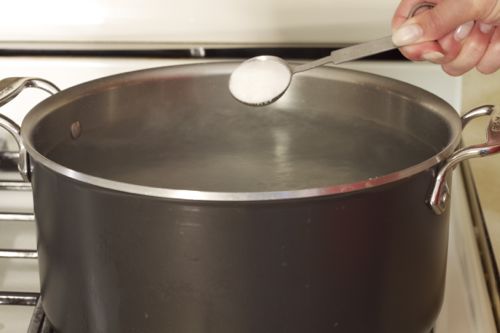
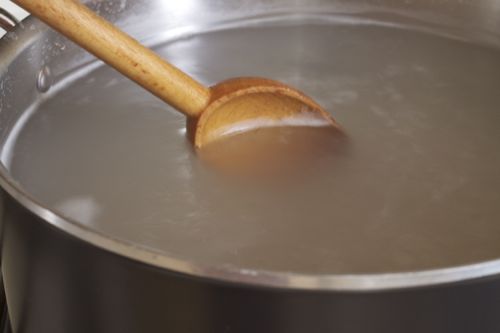

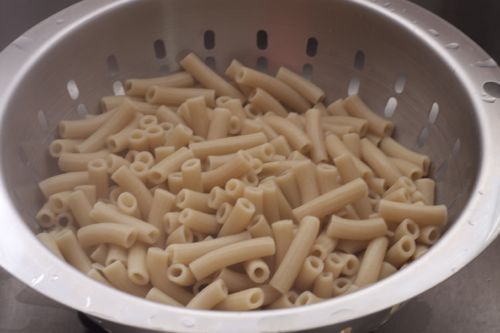
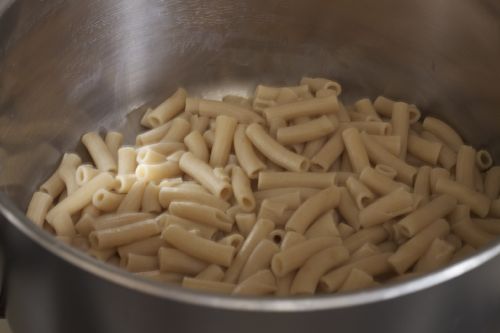
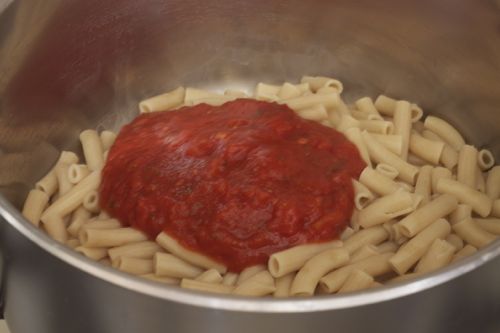
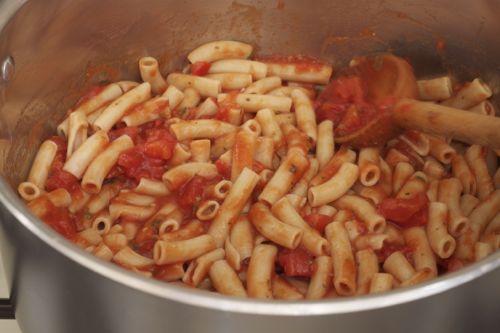
Kirsten says
Hi! After I drain the excess boiling water, should it be rinsed in warm water or not rinse at all? I usually keep the noodles and sauce separate in a container. I don’t mix sauce and noodles together in a strainer.
Elizabeth says
No need to rinse. If you aren’t tossing it together with sauce, I’d toss it with some olive oil or melted butter to keep it from sticking.